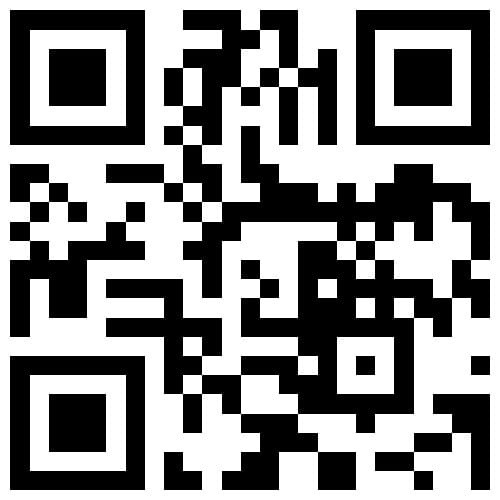Our Mission
The mission of Brainet is to develop brain imaging solutions for the clinical setting. Brainet has developed a single-patient analysis that permits scientific outcomes in recent years to find a consistent and practical application outside of the research lab. Brainet is testing and refining its protocols and analysis techniques on an ongoing basis, using resting state fMRI.
MRI
MRI technology is routinely used to image the structure of the body or the brain. For example, if a tumour has grown in the brain, this will show on an MRI scan. MRI excites protons in the water molecules, which are abundant in all cells of the body.
Contact Us For More InformationFunctional MRI “fMRI”
fMRI is a type of MRI that is used to image the functioning of neurons in the brain. fMRI measures the level of oxygen in the blood so as to show the areas where neurons are actively firing, and where they are not. fMRI allows us to investigate cognitive processes and identify networks in the brain that are statistically different in function as compared to the same networks in a normal brain.
An important development of fMRI is the resting state protocol in which the patient is asked to let the brain wonder around without being involved in any task, like for example mental calculation, or being stimulated, like for example watching a video or listening to an audio. Previously, an activation paradigm called for the patient to perform a cognitive task while in the scanner, and the results varied depending upon the patient’s ability to understand the instructions for the task, and his or her ability to make maximal effort in doing the task while in the scanner.
Contact Us For More InformationFunctional Connectivity Patterns
Being able to identify changes in functional connectivity patterns is fundamental to understanding the mechanisms responsible for a neurological disorder.
Brainet uses data from resting state fMRI to analyze the functional connectivity networks and spatial patterns of cortical regions that tend to oscillate together. These patterns of oscillations, which are consistently found in awake, healthy normals, show important changes in different neurological conditions.
Clinical Applications
The applications for the above include:
- To identify a brain that is statistically different from the brain of a healthy normal and as such, diagnose pathology.
- To allow a neurologist or other expert to opine as to whether statistical differences in the brain of a patient as compared to a normal are consistent with an injury suffered by the patient (such as traumatic brain injury, or chronic pain disorder).
- To provide strategical guidance to neurosurgeons who might otherwise remove regions of the brain fundamental to the full network behaviours (hubs of the network).


